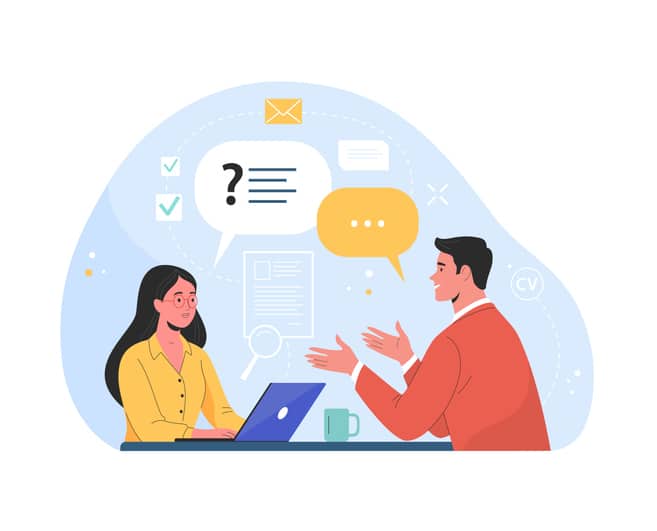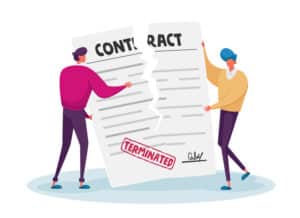When someone leaves your team, you get one last chance to learn something valuable. An exit interview isn’t just a formality. It’s a window into what’s working, what’s not, and how you can do better next time.
But to get real answers, you need to ask the right questions. That’s where a solid exit interview template comes in.
What Is an Exit Interview?
An exit interview is a structured conversation between a departing employee and someone at the company, usually HR or a manager. It’s a chance to gather honest feedback on the employee’s experience, including why they’re leaving and what could have made them stay.
Done well, exit interviews can help you:
Spot patterns in why people leave
Improve manager performance
Refine onboarding and training
Identify cultural or process issues early
The key is consistency. A good exit interview template helps you ask the same core questions every time, so the data actually means something.
When and How to Use This Template
Timing matters. The best moment for an exit interview is usually in the employee’s final week, once offboarding has started but while they’re still engaged. Give them a heads-up, schedule 30 to 45 minutes, and make it clear that the conversation is voluntary and confidential.
You can use this template in a few different ways: as a live conversation guide for HR or managers, as a self-guided form (either digital or on paper), or as a follow-up after a verbal interview to collect written responses. It’s flexible, but works best when treated like a real dialogue, not just a checklist.
The Exit Interview Template
Use the structure below as-is or tweak it to fit your company’s tone.
Section 1: General Experience
What originally attracted you to this role or company?
Did the role meet your expectations?
What parts of your job did you enjoy the most?
What were the biggest challenges or frustrations?
Section 2: Team & Management
How would you describe your relationship with your manager?
Did you feel supported and valued by leadership?
Were expectations and feedback communicated clearly?
Section 3: Reason for Leaving
What led to your decision to leave?
Was there anything we could have done to keep you?
Did you explore other internal opportunities before resigning?
Section 4: Workplace Culture & Operations
How would you describe the company culture?
Did you feel like your work was recognized and appreciated?
Any suggestions for improving policies, processes, or communication?
Section 5: Final Thoughts
Would you consider returning in the future?
Would you recommend this company to others?
Anything else you’d like to share?
What to Do With the Feedback
Collecting feedback is only useful if you do something with it. Even if you can’t act on every suggestion, reviewing trends can help you spot preventable turnover and make smarter people decisions.
Keep records consistent
Share insights with leadership (anonymously if needed)
Look for themes across roles or departments
Use feedback to shape onboarding, management training, and retention efforts
Exit interviews won’t fix everything, but they can reveal problems you didn’t know you had.

Final Thoughts
An exit interview template doesn’t need to be complicated. It just needs to make it easier to ask the right questions, spot real trends, and make leaving a company feel like a conversation, not a silence.
Want help reducing turnover before it gets to the exit interview?
Let’s talk about how we can support your hiring and retention strategy.









